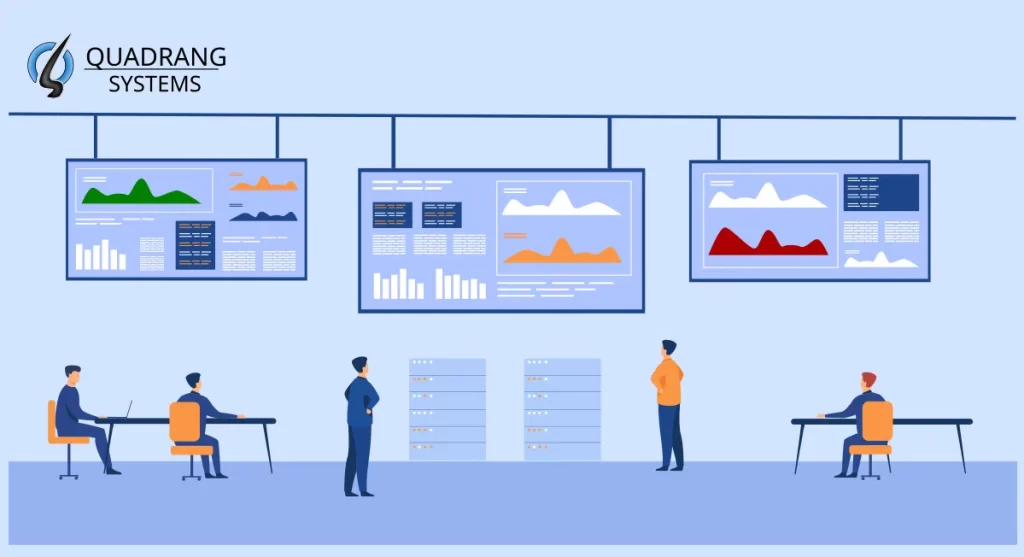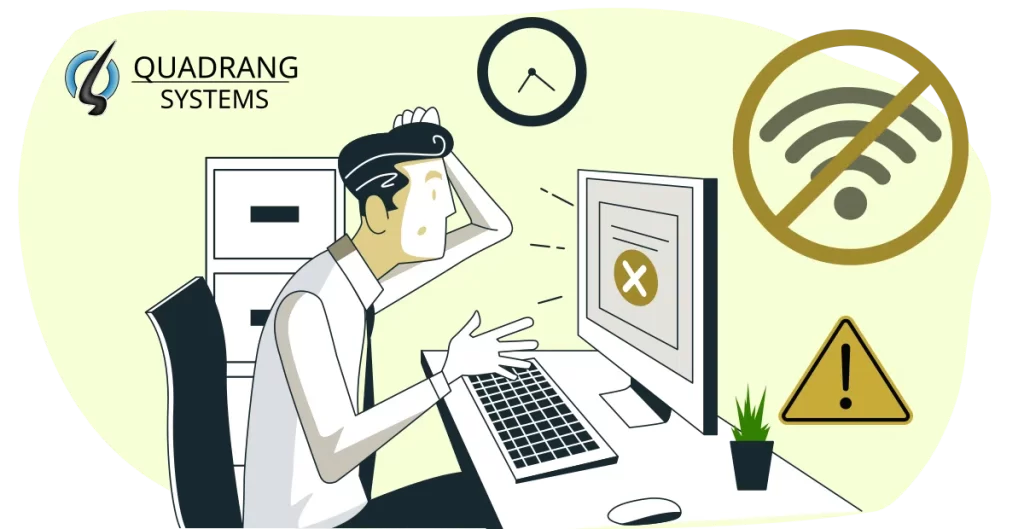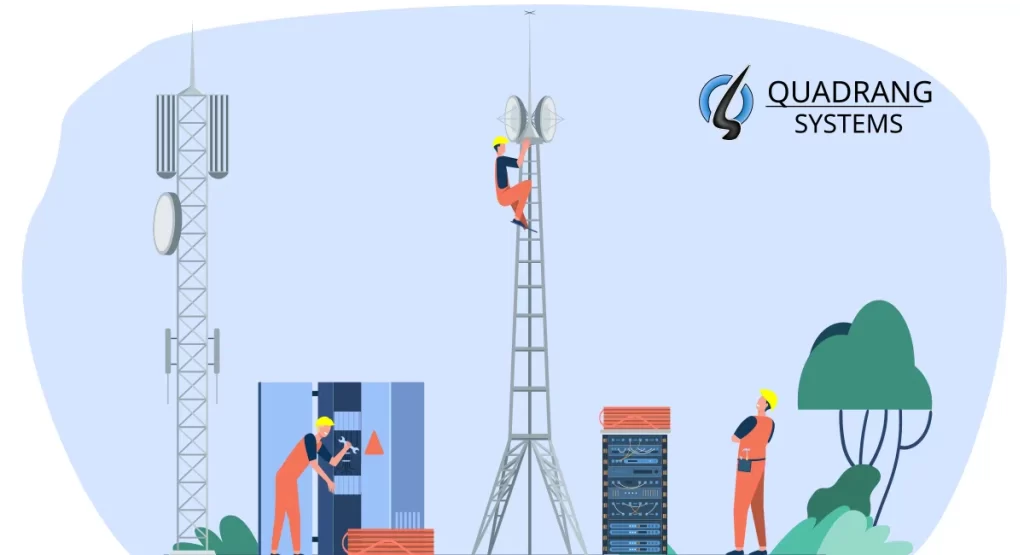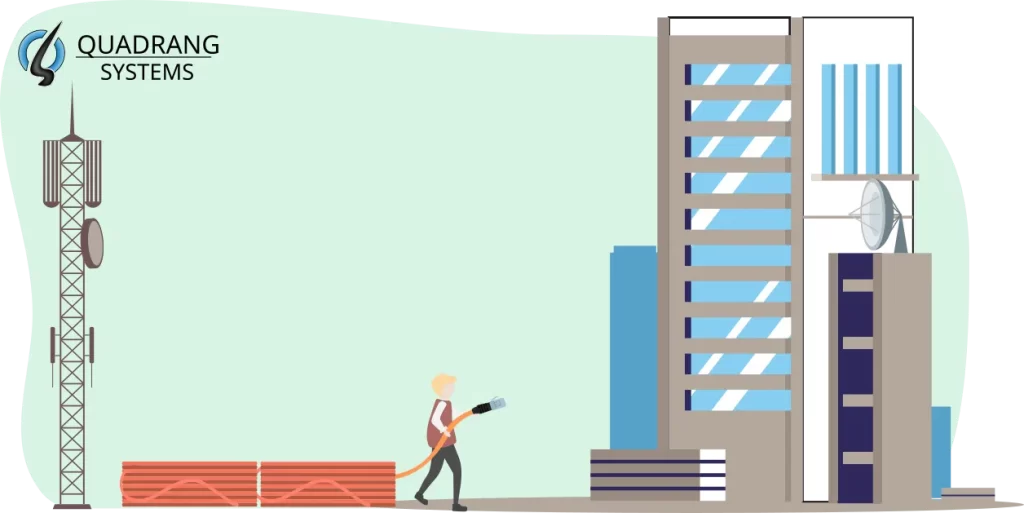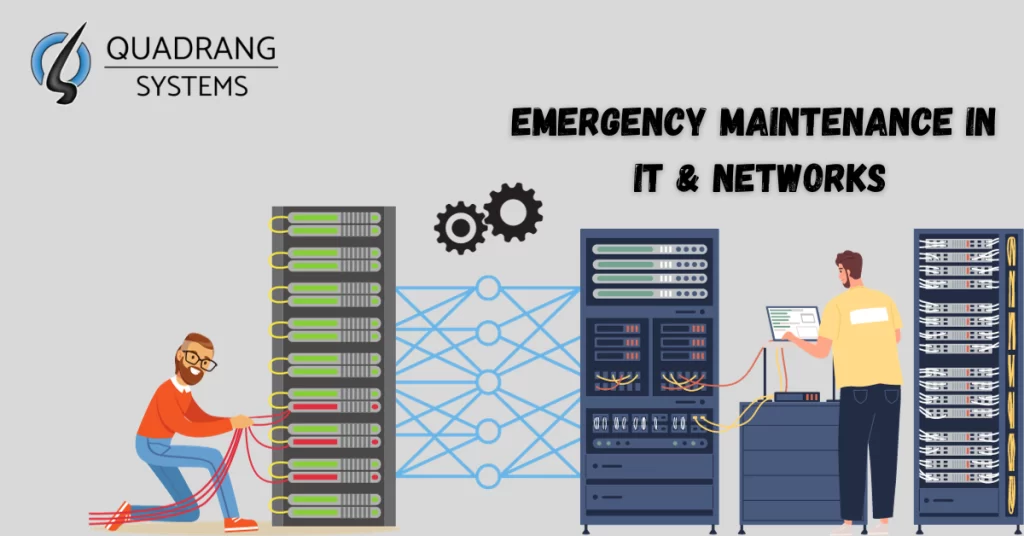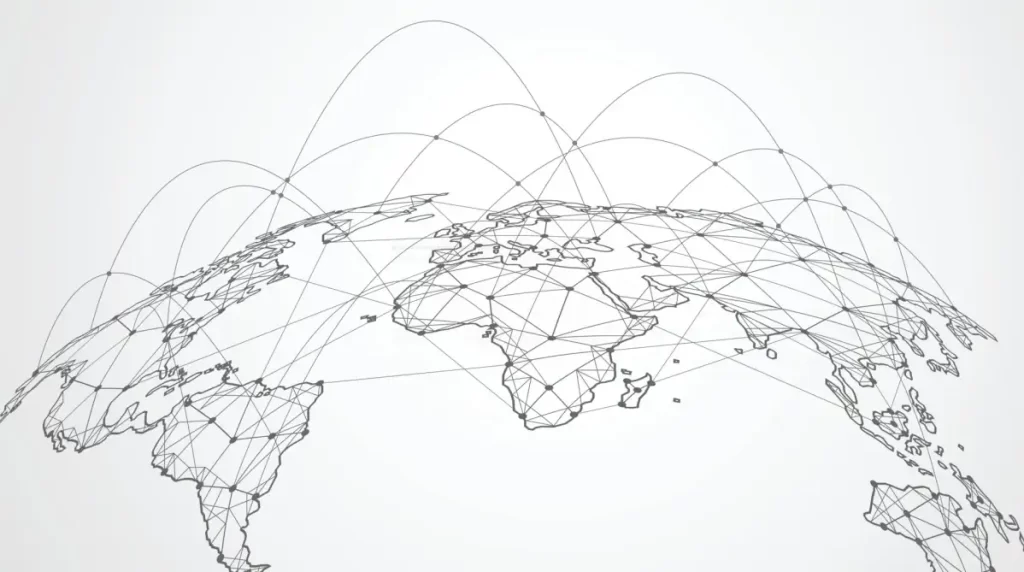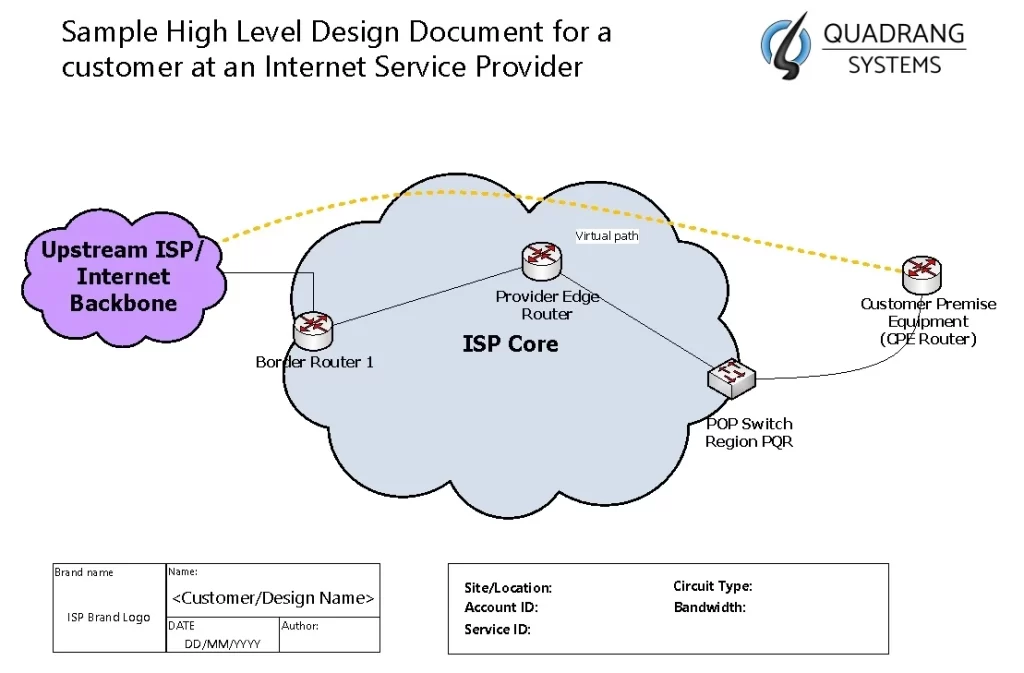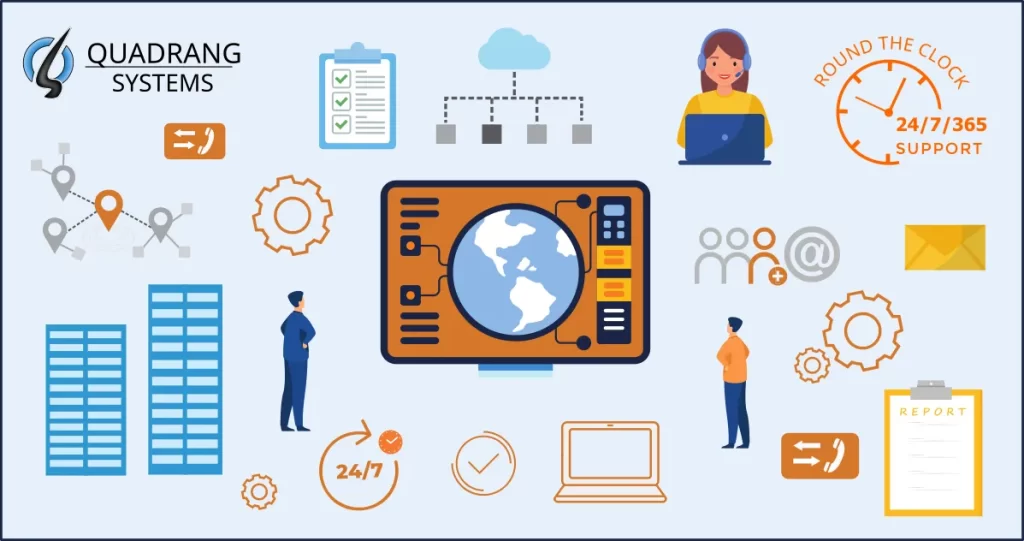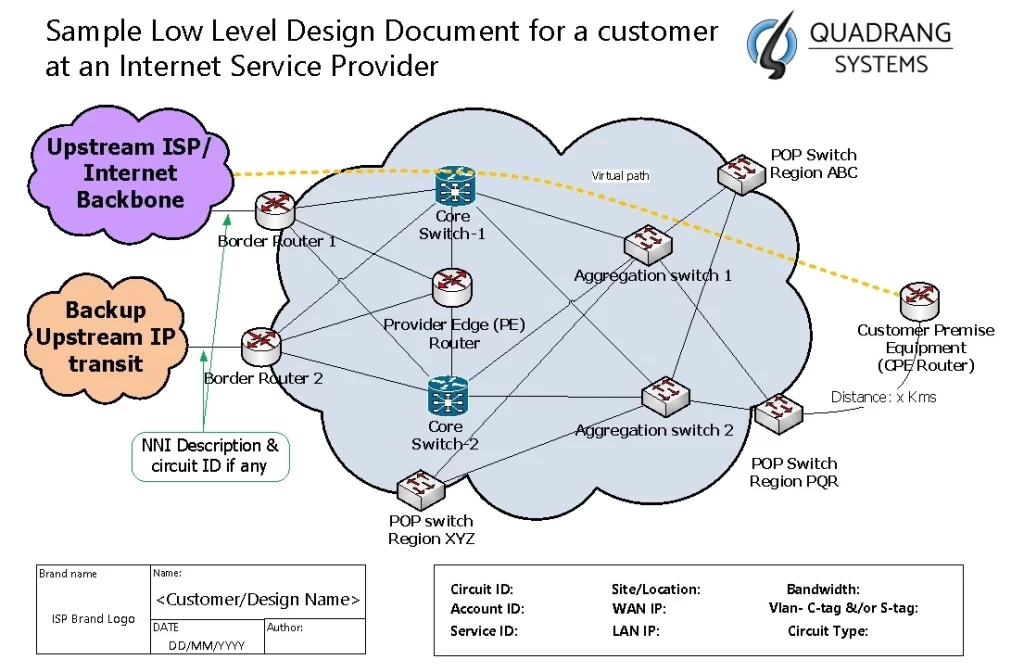Distributed Network and Application Monitoring
In the era of digital transformation, companies rely heavily on the performance and availability of their networks and applications. Monitoring these critical IT infrastructure components has become vital to ensure high quality service delivery amid rapidly evolving demands. However, the traditional centralized approach to monitoring presents limitations like single points of failure and lack of scalability. This gives rise to the growing need for decentralized, distributed monitoring architectures.
The Current Centralized Approach
The mainstream monitoring approach relies on a single or limited array of centralized monitoring servers pulling data from across the infrastructure. Agents deployed on target devices funnel metrics and alerts back to the central monitoring system. This provides unified visibility and control through a common dashboard interface.
However, centralized architectures pose several downsides making them ill-equipped to serve today’s large-scale, dynamic environments. A single monitoring server acts as a chokepoint constraining scalability. The central server also risks becoming a single point of failure – with its disruption crippling monitoring visibility enterprise-wide.
The biggest issue with centralized monitoring is that when the network connecting the monitoring application servers goes down, it sees every “monitored node” as Down. This can trigger mass quantities of alarms, alert emails and overwhelm the monitoring team making them panic. Centralized monitoring also lacks flexibility and struggles to keep pace as infrastructure grows in size and complexity.
The Emergence of Distributed Monitoring
Distributed monitoring entails the use of multiple monitoring components across the infrastructure instead of a single, centralized server. This removes singular chokepoints and redistributes resource overhead across the environment for limitless scalability. Processing is handled where the data originates rather where it aggregates.
Various distributed monitoring solutions have emerged to mitigate the constraints imposed by legacy centralized systems. Kubernetes-native tools like Prometheus exemplify decentralized monitoring by leveraging the cluster architecture itself. Instances across nodes collect metrics and alerts not funneled through a central server. Time-series database InfluxDB combined with data processing toolkit Telegraf also facilitates distributed monitoring.
Elastic Stack with BerforBeat agents offers decentralized visibility by capturing metrics at origins then centrally aggregating data. While removing singular chokepoints, blended architectures allow retaining centralized dashboards and controls. As environments scale up and out, these distributed or hybrid approaches provide versatility centralized monitoring lacks.
The Fault Tolerance and Efficiency of Distributed Monitoring
Distributed monitoring decentralizes data capture and handling – eliminating dependence on single servers that risk failure. With multiple, independent monitoring components across places, the failure of one node does not necessarily disrupt overall visibility. Alerting and metrics remain observable from other points preserving monitoring continuity. This built-in redundancy boosts the fault tolerance of monitoring availability.
Distributing monitoring workload also utilizes resources more efficiently. Instead of a single central server shouldering the burden of entire infrastructure visibility, decentralized data collection and processing eases this immense load. The modular architecture scales seamlessly as well. The distributed approach also reduces network traffic as data handled locally minimizes transport across nodes. This allows achieving comprehensive monitoring in lean, sustainable fashion.
Distributed Monitoring – The Future-Ready Architecture
As modern application and infrastructure paradigms like containers and microservices drive increasingly complex, large-scale environments – the centralized monitoring model struggles. Its chokepoints and lack of flexibility lead to loss of visibility and resilience at scale. Distributed methods emerge as the agile, reliable architecture needed today.
Decentralized architectures future-proof monitoring ability eliminating singular failure points through built-in redundancy across nodes. While retaining access to centralized dashboards, distributed capture and handling of monitoring data also boosts efficiency to enable realizing observability across rapidly evolving modern landscapes. As complexity rises, the distributed approach sustainably delivers the visibility and assurance vital for digital services continuity demanded in the future. Blending robustness with versatility, distributed monitoring paves the monitoring roadmap ahead.


